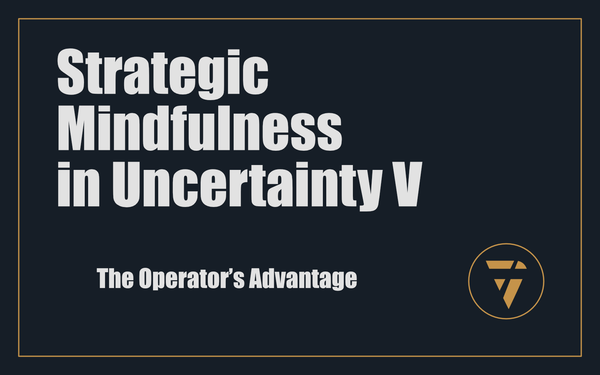Every Elder Deserves to Die at Home

Let's Redefine What Home Is
From the Table Series: Replacing Senior Housing with Human Infrastructure
They don’t die of old age.
They die of separation.
First from their homes.
Then their communities.
Then their names.
Long-term care calls it transition.
But what it really is —
Is exile.
1. The Trauma of Relocation
When an elder is moved into institutional care, they do not simply change address.
They lose:
- Autonomy
- Familiar sensory cues
- Cultural rituals
- Religious rhythm
- The right to choose who touches their body and when
This is not just inconvenient. It's clinically traumatic.
Especially in late-stage dementia, the dislocation of a person’s sense of place can trigger rapid decline.
Orientation breaks. Trust fractures. The nervous system enters persistent threat response.
And yet we normalise it.
We call it placement.
We say “they’re safe now.”
2. What ‘Home’ Really Means
Home is not a building.
It's a boundary of safety, memory, and control.
It's familiar meals. Smells. Sounds. Faith cues. Family.
Most Canadians say they want to die at home.
Almost none do.
Why?
Because we define “home” as real estate — not as a system.
The truth is:
We can’t honour this final wish unless we rebuild the architecture of elder care entirely.
3. The Table Format Redefines It
At The Table, “dying at home” is not aspirational.
It’s operational.
Because The Table isn’t a facility.
It’s a familial network embedded in infrastructure.
Every Table build includes:
- Palliative integration: Hospice-level support embedded in the primary care model. No transfer required.
- Faith-space design: Flexible rooms and rituals adapted to religious, spiritual, and cultural needs.
- Family infrastructure: Rooms, days, and rhythms designed to hold grief, presence, and goodbye.
- Trauma-informed design: Lighting, sound, privacy, and staff response all built for end-of-life care.
No fluorescent lights.
No hospital beds in storage closets.
No isolation rooms.
No bans on visitors.
Dignity is not the result of a policy.
It's the result of a blueprint.
4. The Cost of Institutional Death
We rarely speak of what happens when someone dies in long-term care.
But you should know:
- Many die alone
- Many are sedated unnecessarily
- Many families are given minimal warning
- Belongings are removed before the body
- Staff are not debriefed — just reassigned
This is not death.
It’s deletion.
It breaks the family.
It breaks the community.
It breaks the staff.
And yet we’ve called it normal.
5. The End Is Sacred — Not Disposable
The Table doesn’t just prevent institutional death.
It restores familial death.
Not in fear.
Not in silence.
Not in exile.
But in presence.
Where the elder leads their final season.
Where the care team is known, trusted, and close.
Where the home becomes the ceremony.
We’re Not Just Replacing Long-Term Care.
We’re Reclaiming the End of Life.
Every elder deserves to die at home.
And every community deserves the infrastructure to make that real.
This is what I’m working on. Tell me what you think, I enjoy the conversation! Subscribe and follow the work in real time.
Thanks!
B

They don’t just fear dying.
They fear dying alone, in exile, under fluorescent lights.
Build a format where death is not deletion.
It’s ceremony.
With family.
With faith.
With choice.
Every elder deserves to die at home.
Let’s redefine home.
PS -






